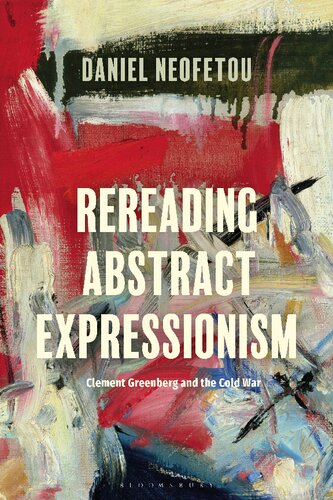

Most ebook files are in PDF format, so you can easily read them using various software such as Foxit Reader or directly on the Google Chrome browser.
Some ebook files are released by publishers in other formats such as .awz, .mobi, .epub, .fb2, etc. You may need to install specific software to read these formats on mobile/PC, such as Calibre.
Please read the tutorial at this link: https://ebookbell.com/faq
We offer FREE conversion to the popular formats you request; however, this may take some time. Therefore, right after payment, please email us, and we will try to provide the service as quickly as possible.
For some exceptional file formats or broken links (if any), please refrain from opening any disputes. Instead, email us first, and we will try to assist within a maximum of 6 hours.
EbookBell Team

4.3
38 reviewsSince the 1970s, it has been argued that Abstract Expressionism was exhibited abroad by the post-war US establishment in an attempt to culturally match and reinforce its newfound economic and military dominance. The account of Abstract Expressionism developed by the American critic Clement Greenberg is often identified as central to these efforts. However, this book rereads Greenberg's account through Theodor Adorno and Maurice Merleau-Ponty in order to contend that Greenberg's criticism in fact testifies to how Abstract Expressionism opposes the ends to which it was deployed.
With reference not only to the most famous artists of the movement, but also female artists and artists of colour whom Greenberg himself neglected, such as Joan Mitchell and Norman Lewis, it is argued that, far from reinforcing the capitalist status quo, Abstract Expressionism engages corporeal and affective elements of experience dismissed or delegitimated by capitalism, and promises a world that would do justice to them.